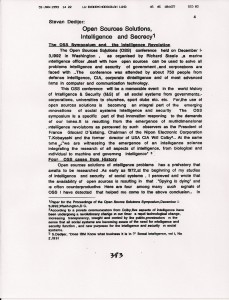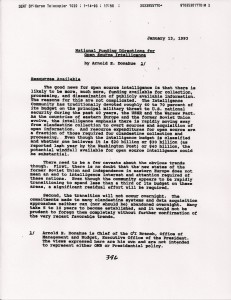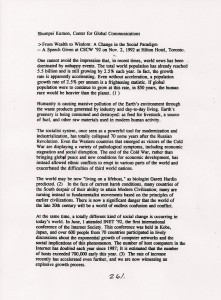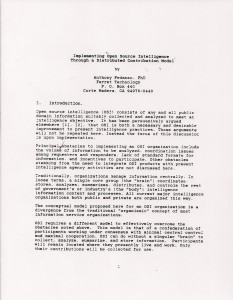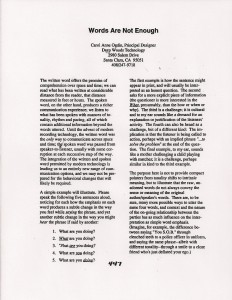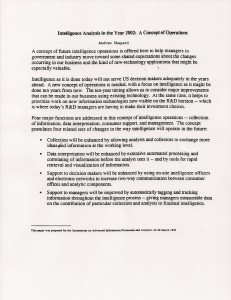
Stevan Dedijer (RIP) is the father of business intelligence defined as decision-support, not myopic internal data mining as the term is used today. When Admiral Studeman over-ruled CIA in 1992 (“we'll come if the conference is SECRET U.S. Citizens Only”) we did not advertise the event and expected 150 people. 675 or so showed up, including a 15-person delegation from Sweden led by Stevan Dedijer.
